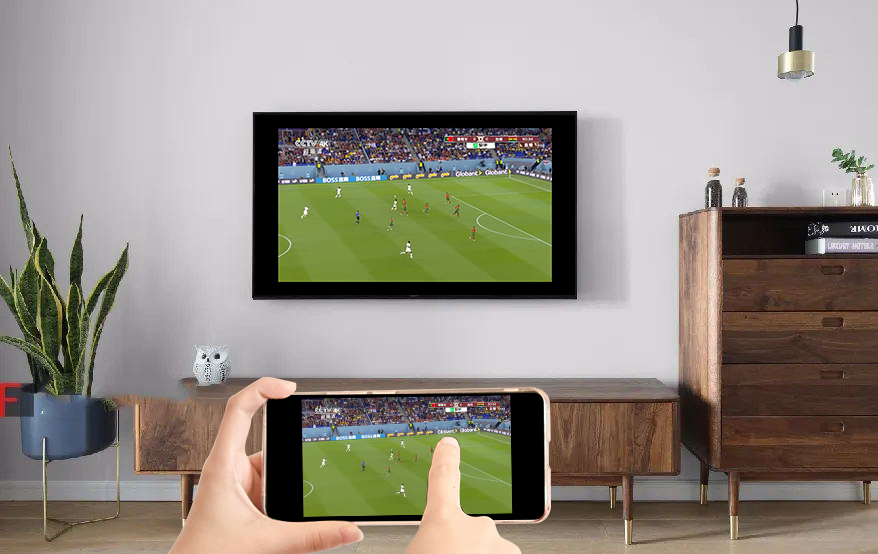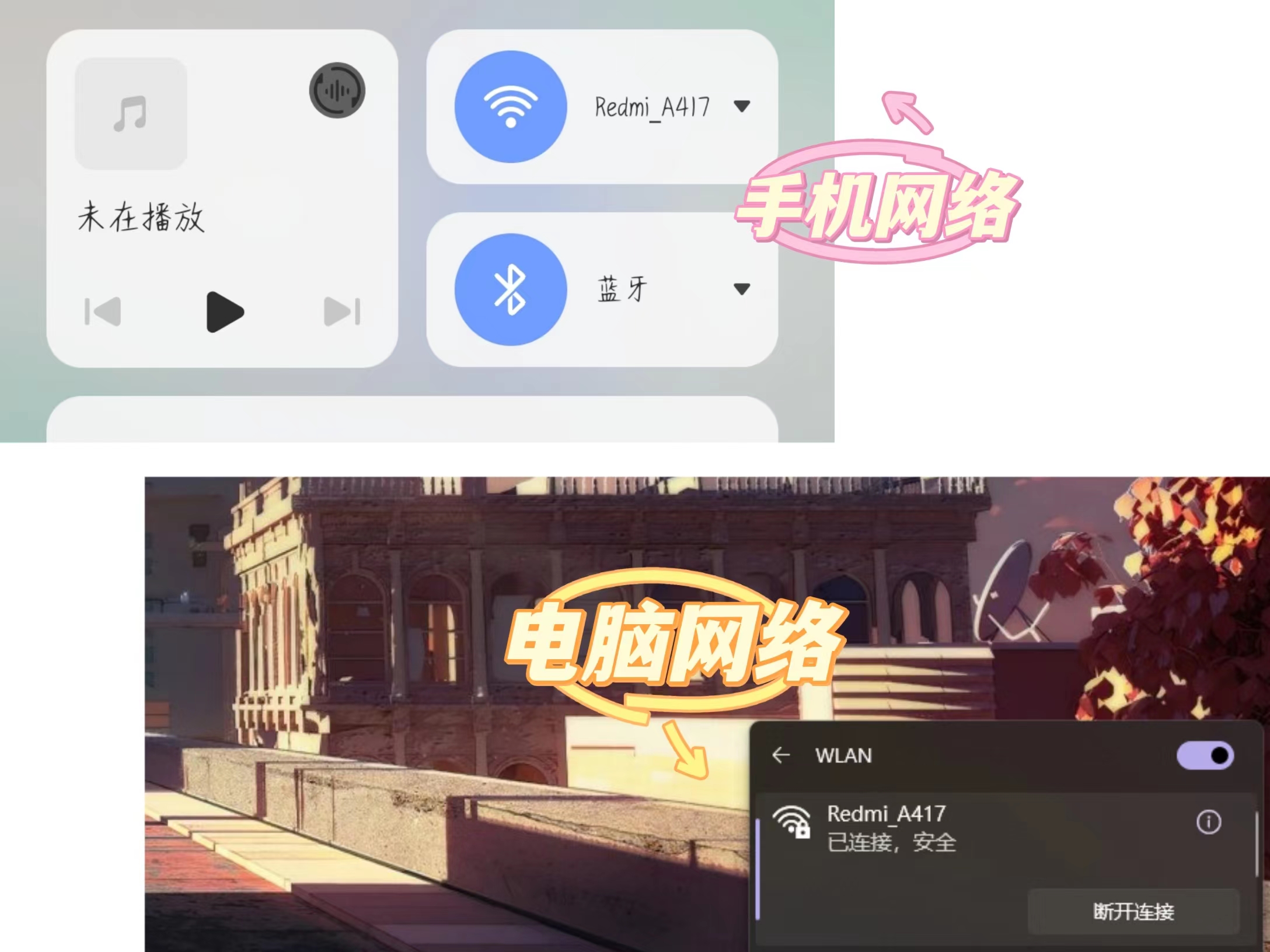Miracast – What is the Miracast projection protocol?
The most intuitive feature that Miracast provides us with is the wireless screen mirroring on Android phones, which supports screen mirroring on smart TVs. Of course, this is a form of presentation, but in reality, the Miracast protocol is used for screen projection.

Miracast Protocol
Miracast, formerly known as Wi Fi Display, is an industry standard developed by the Wi Fi Alliance and widely supported. At present, more than 1000 products have passed Miracast certification, including over 200 “source” devices (providing content sources) and over 800 “receiving” devices (ultimately playing content). It is the protocol with the largest user base among the current three mainstream screen projection protocols [Miracast, Airplay, DLNA].
Miracast uses Wi Fi to mirror screen images or audio content from one device to another nearby device, and includes multiple configurations for simple and secure device discovery and matching. Through this technology, you can share multimedia content from mobile devices such as smartphones and tablets with large screen devices such as televisions. Sometimes our mobile phones, computers, and televisions fail to screen because our hardware devices do not support it. In addition to software support, screen mirroring also requires hardware support.

How does Miracast project the screen?
With the increasing popularity of wireless media sharing, Miracast is ready for large-scale adoption. At the beginning, Miracast screen mirroring had to be in the same LAN environment, but during Miracast protocol screen mirroring, as long as it was within a certain range, matching could be performed – just like Bluetooth, when one device was turned on, other devices could be searched around.
Miracast screen projection
If you are attending a meeting and would like to share files from your smartphone. In an ideal scenario, through the Miracast protocol, which is our Android phone’s wireless screen mirroring, you can share smartphone screen images, videos, and photos directly on the TV in the form of WIFI, without the need for cumbersome cables or storage devices.